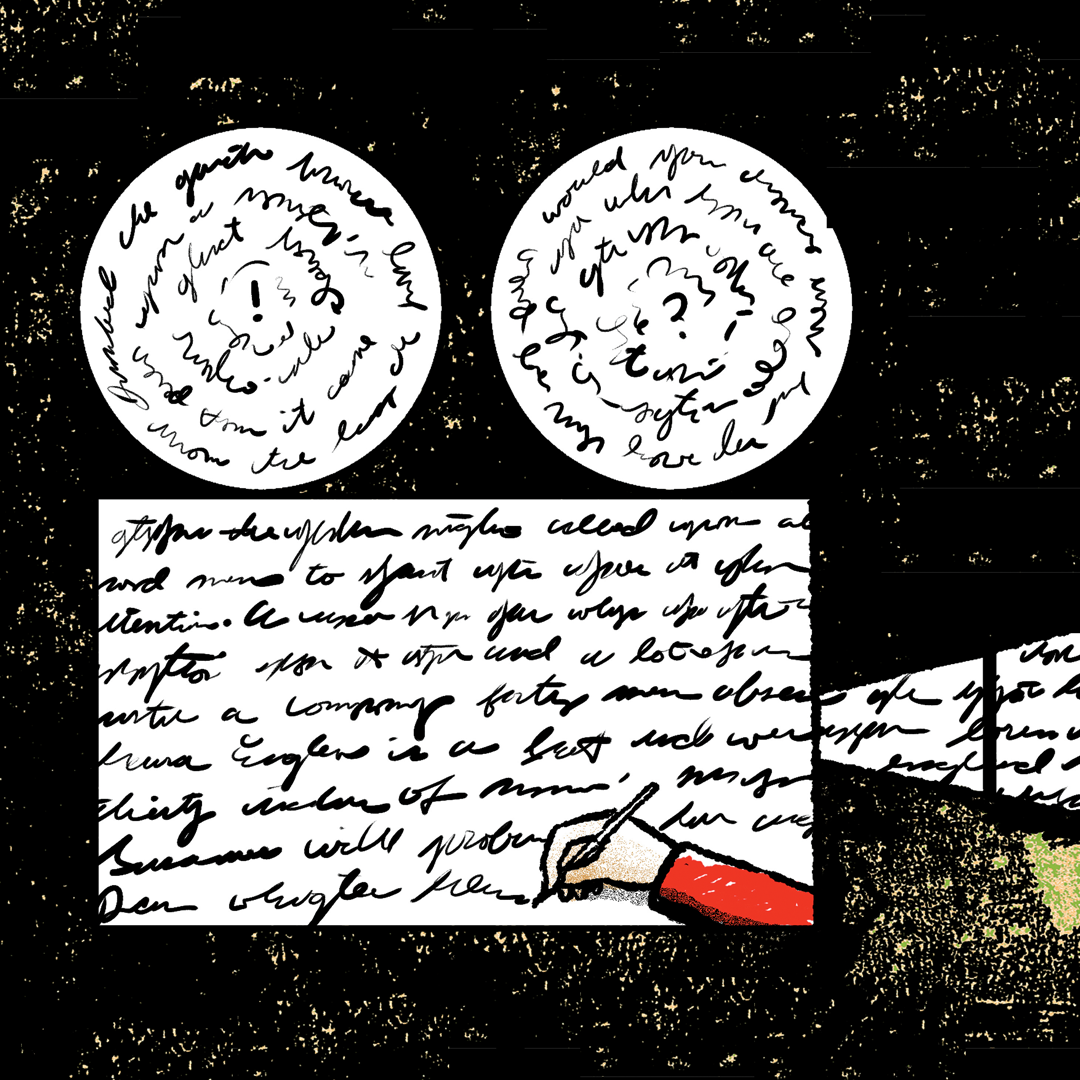“I think we learn more about the world and about ourselves from motion pictures than from any other form,” says Annette Insdorf, a world-renowned film educator and professor at Columbia’s School of the Arts. “We learn about our fears, our desires, and our aspirations when we identify with movie characters — even those who are different from us.”
Insdorf, who came to Columbia to teach in 1987, is still learning, and she’s busier than ever. In 2017 she published two books. Cinematic Overtures: How to Read Opening Scenes examines the first minutes of movies like Psycho (“Alfred Hitchcock was the master not only of suspense but also of the self-conscious voyeuristic gaze, and the opening of Psycho constitutes a textbook case of heightened peeping”), Apocalypse Now (“The music of The Doors is hypnotic: the song ‘The End’ not only identifies the time of the Vietnam War but also creates a feeling of doom”), and Sunset Boulevard (“What do we make of a story narrated by a man who is already dead?”). The other book, Intimations: The Cinema of Wojciech Has, is the first English-language work on Has, a Polish director whose films, made under communism, are “ripe for rediscovery,” Insdorf says. “They’ve inspired my students to think about the ways in which an iconoclastic artist can make films that are true to his own spirit, despite censorship.”
Insdorf was born in Paris to Polish-Jewish Holocaust survivors and moved with her family to New York at age three. She grew up in the Bronx speaking English, French, and Polish. As a teenager she studied voice at Juilliard (she was a promising mezzo-soprano), but her parents steered her toward academia. It wasn’t until she became a PhD candidate in English at Yale that she began to seriously watch movies — and get another sort of education.
Insdorf was especially drawn to the work of the French New Wave pioneer François Truffaut. “I believed that he cared deeply, not just for his characters but for the human beings watching his films,” she says. In 1979, she published François Truffaut, a landmark study of the director. Truffaut was impressed and asked Insdorf to be his English interpreter at public events. She also began translating for Polish arthouse director Krzysztof Kieslowski, which led to her 1999 book Double Lives, Second Chances: The Cinema of Krzysztof Kieslowski.
“My books are geared largely toward the cinephile — the layperson who loves movies,” says Insdorf. “I’ve always considered myself less of a film theorist and more of a film historian who believes in close analysis as the way to truly understand a work.”
In 2014, Insdorf took a semester off to write her new books. In addition to teaching graduate students, she had been the director of undergraduate film studies for twenty-seven years, a role she relinquished when she went off to write. She returned to do what she loves most. “I’m now teaching more than ever — four classes per year instead of three,” says Insdorf. She believes that her teaching benefits from the work she does outside Columbia, including “Reel Pieces,” a series of onstage discussions with filmmakers and actors that she has been hosting at the 92nd Street Y since 1983. This fall, she spoke with Woody Allen about his creative process and with Ken Burns about his new documentary (with Lynn Novick) The Vietnam War.
As always, Insdorf’s byword is accessibility: “I’m not a snob,” she says. “I never talk down to audiences. I love the Socratic method: asking questions and then orchestrating answers so that we reach new perceptions.”
Above all, Insdorf cares about the process of learning, both from movies and from her own students, whose coursework she sometimes cites in her books.
“I love to acknowledge when students say things more beautifully, precisely, or evocatively than I might have,” she says. “And while it gives them great pleasure to see their words published, it gives me even greater pleasure to know that that I’ve helped them to articulate such insights.”



